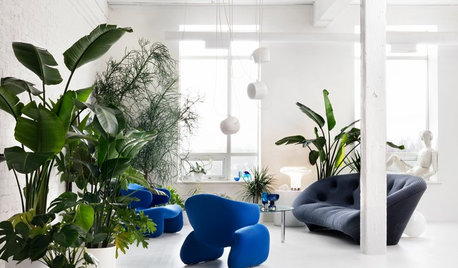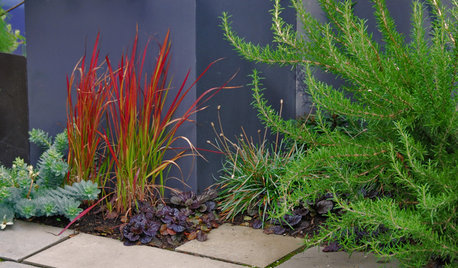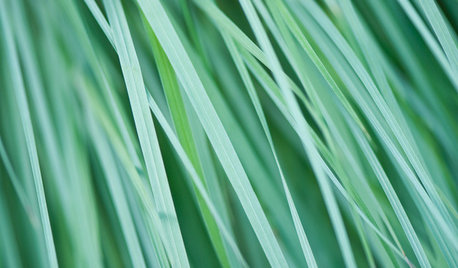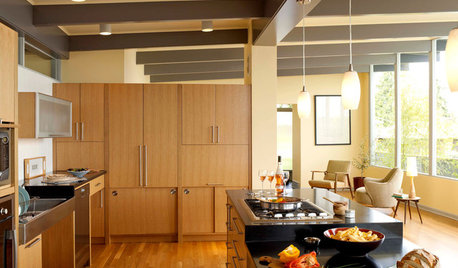What all goes into a Japanese Garden
lsu27
17 years ago
Related Stories

LOFTSHouzz Tour: A Toronto Loft Goes All White
The renovation of a unit in a former candy factory pairs a pristine backdrop with ’70s furnishings
Full Story
RED FOLIAGEGreat Design Plant: Japanese Blood Grass
This dramatic, ruby-tinged grass bridges the gap between red and green, short and tall plants
Full Story
GARDENING GUIDES12 Japanese Maples for a Sunny Garden
The right maple in the right place shines in hot summer sun
Full Story
GARDENING GUIDESGreat Design Plant: Little Bluestem Goes Above and Beyond
It thrives in poor soil and provides food and shelter for wildlife. Plus, Schizachyrium scoparium is just a darn pretty native grass
Full Story
GROUND COVERSNative Alternatives to English Ivy, Japanese Pachysandra and Periwinkle
These shade-loving ground covers are good for the environment and say something about where you are
Full Story
MOST POPULARThe Unexpected Color That Goes With Everything
Move over, beige. Green is staking its claim as the freshest neutral around
Full Story
GARDENING GUIDESNew Ways to Think About All That Mulch in the Garden
Before you go making a mountain out of a mulch hill, learn the facts about what your plants and soil really want
Full Story
DECORATING GUIDESWhat Goes With Leather Furniture?
If that hide-covered sofa is making you seek decorating solutions, we’ve got just the pairings for you
Full Story
HOUZZ TOURSMy Houzz: Urban Goes Exotic in a Montreal Artist's Home
Found treasures from around the world mix with reinvented furnishings and natural artifacts in this amazingly creative space
Full Story
KITCHEN DESIGNThe Kitchen Counter Goes to New Heights
Varying counter heights can make cooking, cleaning and eating easier — and enhance your kitchen's design
Full Story





victory_tea2085
sarah27-lakeside
Related Professionals
Beachwood Landscape Architects & Landscape Designers · Richmond Heights Landscape Architects & Landscape Designers · Lakeland Landscape Contractors · Berwyn Landscape Contractors · Dallas Landscape Contractors · South Lake Tahoe Landscape Contractors · Wethersfield Landscape Contractors · Irvington Landscape Contractors · Raytown Landscape Contractors · Bonney Lake Decks, Patios & Outdoor Enclosures · Dearborn Decks, Patios & Outdoor Enclosures · Des Moines Decks, Patios & Outdoor Enclosures · Fullerton Decks, Patios & Outdoor Enclosures · Garden City Decks, Patios & Outdoor Enclosures · Verona Decks, Patios & Outdoor Enclosuressarah27-lakeside
ebb_tide
laag